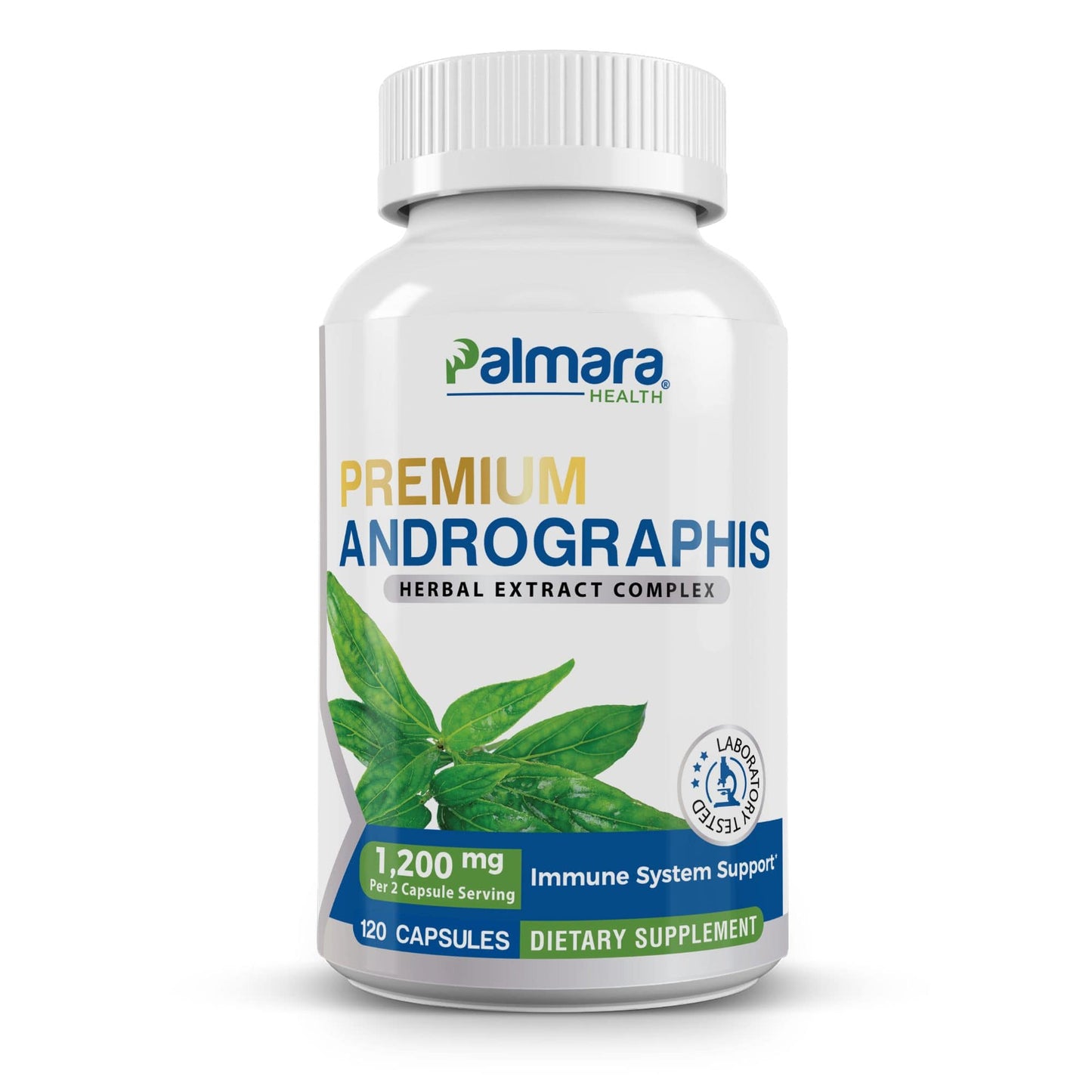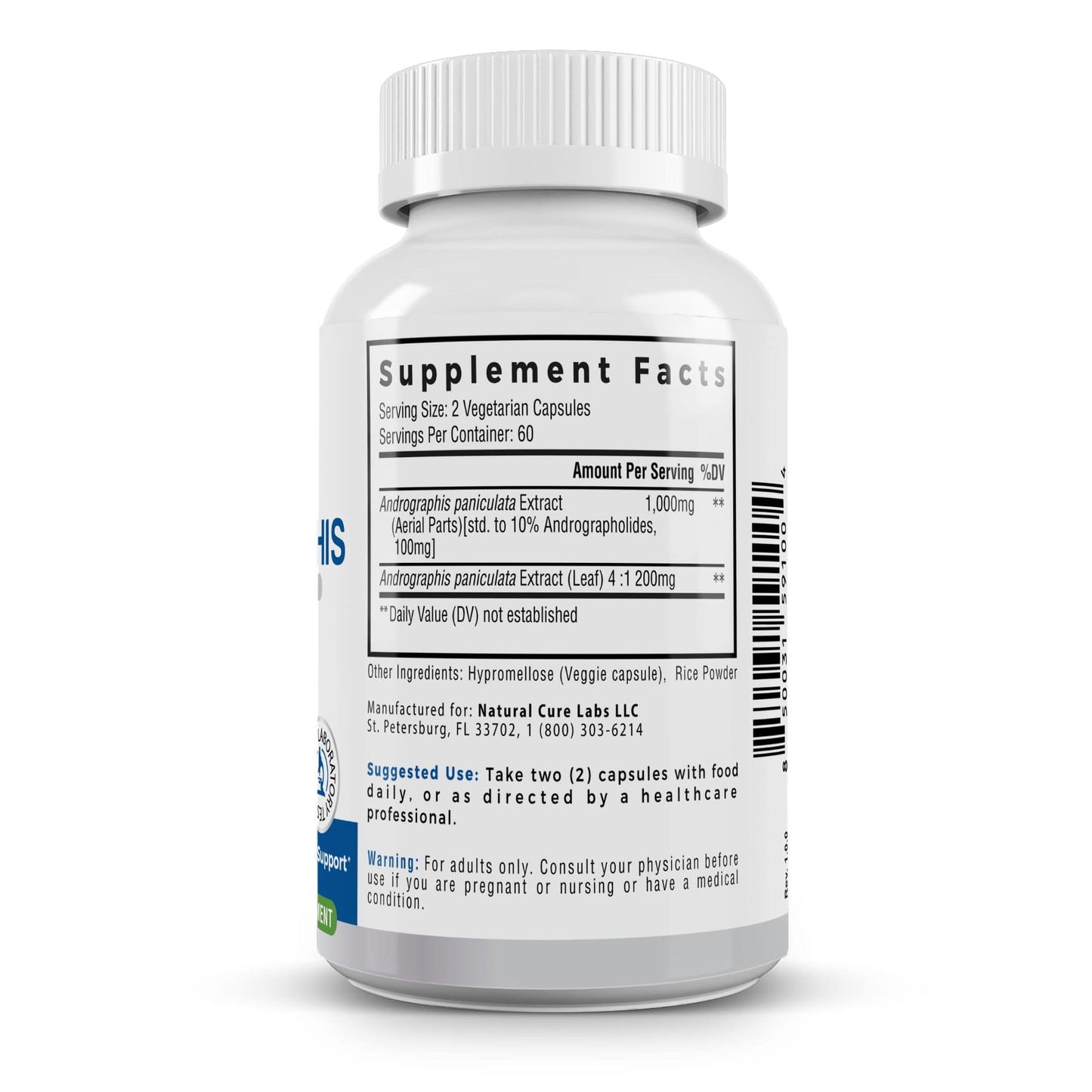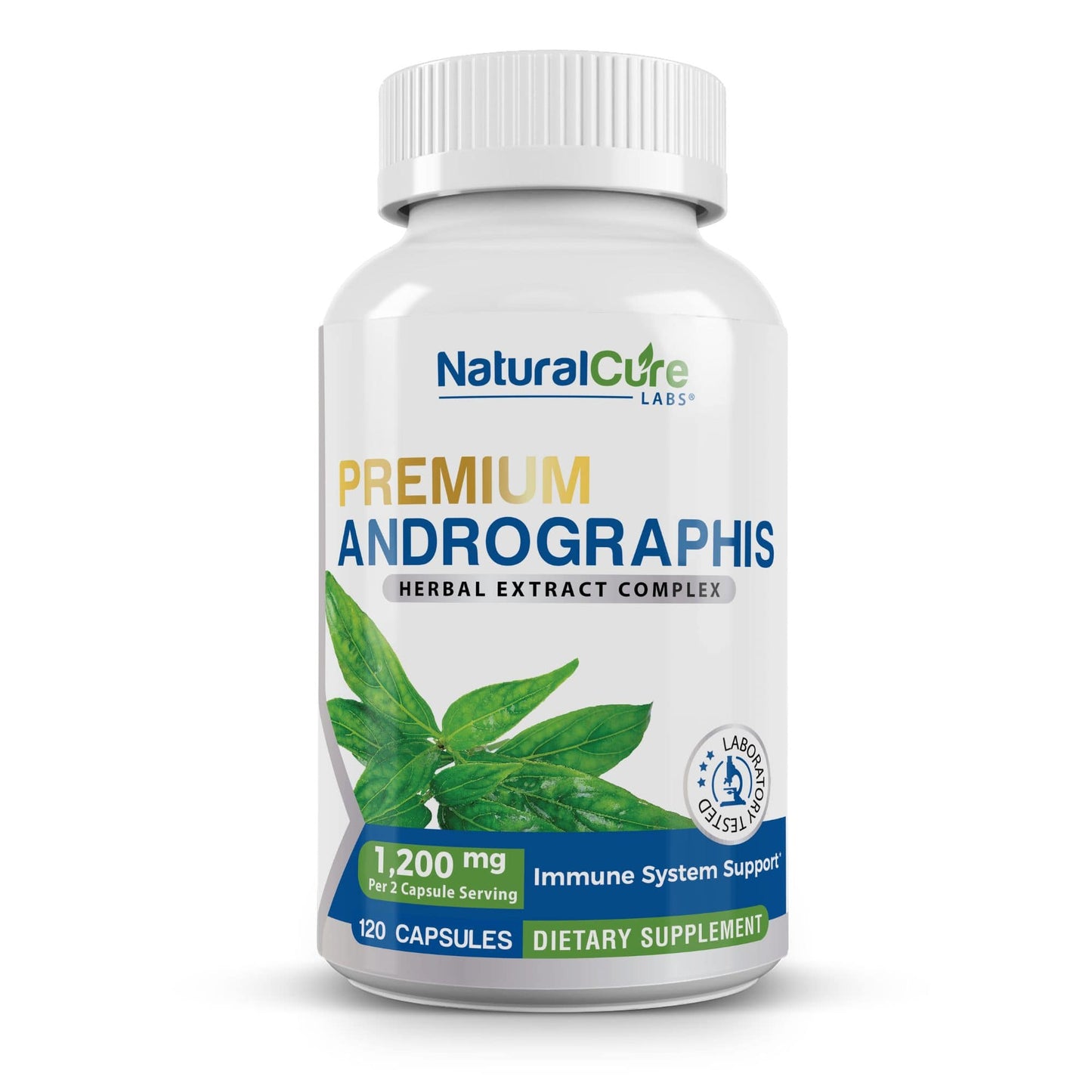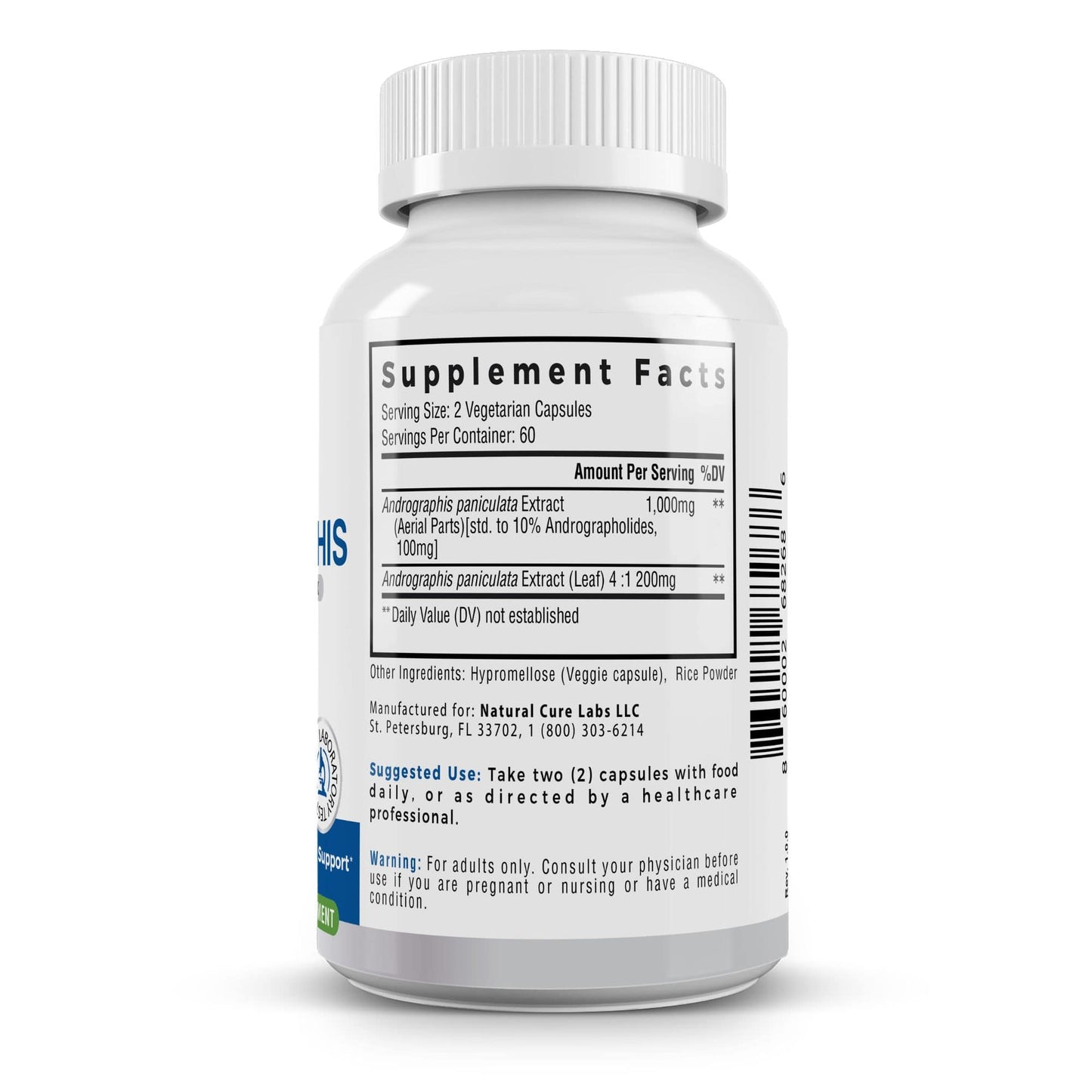Andrographis is recognized for its potential to support immune health and its regulatory effects on the body's natural defense mechanisms.‡ Often referred to as "Indian echinacea," it is a herbaceous plant used extensively in traditional Ayurvedic and Chinese medicine for its health-promoting properties.‡
Andrographis Overview
Andrographis paniculata, the scientific name for Andrographis, is a plant that grows in parts of Asia and is known for its bitter taste. It contains several compounds thought to have health benefits, including andrographolides, which are believed to be responsible for the plant's medicinal properties.‡
Traditionally, Andrographis has been used to support immune health, promote digestive wellness, and as a naturopathic remedy for various ailments, including respiratory support.‡ It is thought to support a healthy inflammatory response, healthy respiratory health, and immune-supporting properties, contributing to its wide range of potential health benefits.‡
Andrographis being researched for its potential effects on liver health, cardiovascular health, and inflammatory conditions.‡
The Potential of Andrographis
The benefits associated with Andrographis include:
- Enhancing the body's natural immune response‡
- Providing respiratory support‡
- Supporting liver function and health‡
- Offering potential inflammatory and antioxidant benefits that may protect against cellular damage‡
- Contributing to cardiovascular health by potentially improving blood pressure and reducing clot formation‡
Andrographis is a well-regarded herb in traditional medicine systems, and ongoing research continues to explore its full range of potential health benefits.‡
Sources of Andrographis
Andrographis is most commonly consumed in supplement form, typically as capsules, tablets, or liquid extracts. The herb is not commonly found in foods.
Products with Andrographis
References and Citations
- Akbar, S. (2011). Andrographis paniculata: A review of pharmacological activities and clinical effects. Alternative Medicine Review, 16(1), 66-77.
- Coon, J.T., & Ernst, E. (2004). Andrographis paniculata in the treatment of upper respiratory tract infections: A systematic review of safety and efficacy. Planta Medica, 70(4), 293-298.
- Hossain, M.S., Urbi, Z., Sule, A., & Rahman, K.M.H. (2014). Andrographis paniculata (Burm.f.) Wall. ex Nees: A review of ethnobotany, phytochemistry, and pharmacology. Scientific World Journal, 2014, 274905.
- Puri, A., Saxena, R., Saxena, R.P., Saxena, K.C., Srivastava, V., & Tandon, J.S. (1993). Immunostimulant agents from Andrographis paniculata. Journal of Natural Products, 56(7), 995-999.
‡ These statements have not been evaluated by the Food and Drug Administration. This product is not intended to diagnose, treat, cure, or prevent any disease.







